

William Stopford
The cars revealed in 2025 we wish would come to Australia
5 Hours Ago
Chinese EV specialist Nio has revealed its new entry-level sedan, which still packs a suite of sensors, AR technology, and up to 1000km of range.

News Editor
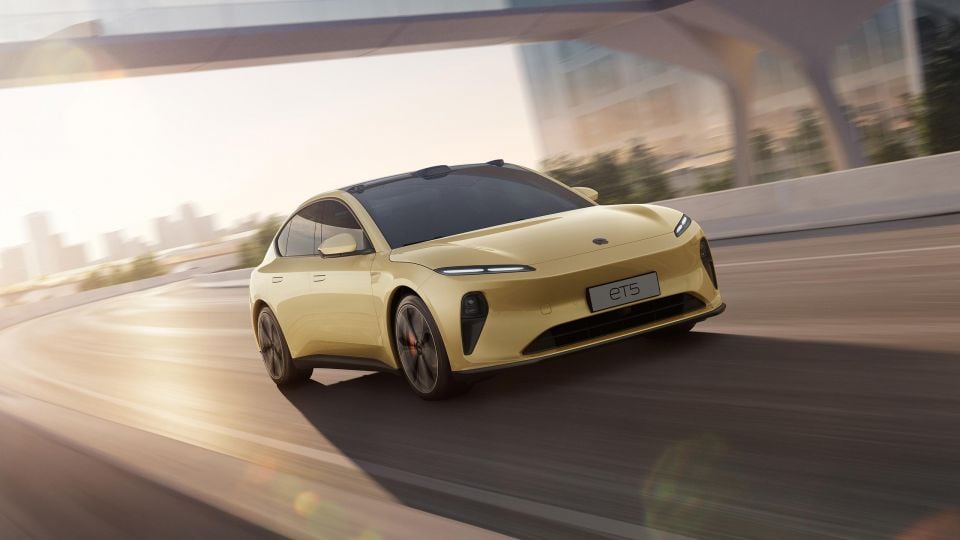

News Editor
Chinese electric vehicle manufacturer Nio has revealed a new entry-level sedan with up to 1000km of range as it outlines its global aspirations.
Nio entered the EV-hungry Norwegian market earlier in 2021, and will launch next year in Denmark, Germany, the Netherlands and Sweden.
By 2025, Nio “will establish its presence in over 25 countries and regions worldwide”.
The ET5 is a mid-sized sedan, slotting in under the upcoming ET7 flagship sedan and complementing the EC6, ES6 and ES8 SUVs.
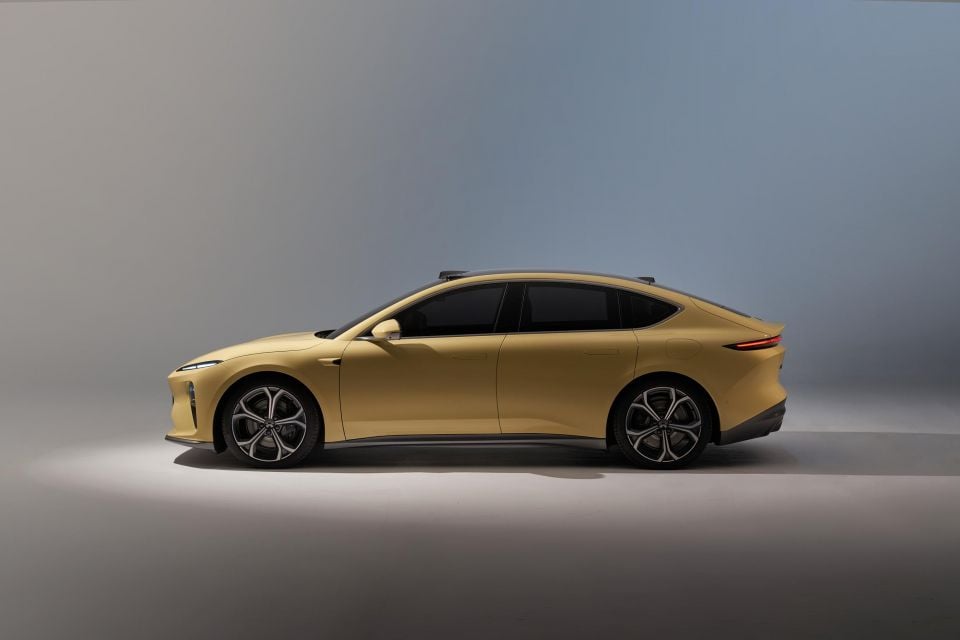
Set to go on sale early in 2022 in China, the ET5 will offer a choice of 75kWh, 100kWh and 150kWh batteries.
These feature claimed range figures of over 550km, 700km and 1000km respectively, albeit on the CLTC test cycle that’s more generous than the WLTP cycle.
The ET5 features a dual-motor all-wheel drive powertrain with a 150kW electric motor up front and a 210kW electric motor at the rear. Total outputs are 357kW of power and 700Nm of torque.
Its 0-100km/h time is a claimed 4.3 seconds in Sport+ mode or 5.9 seconds in Sport.
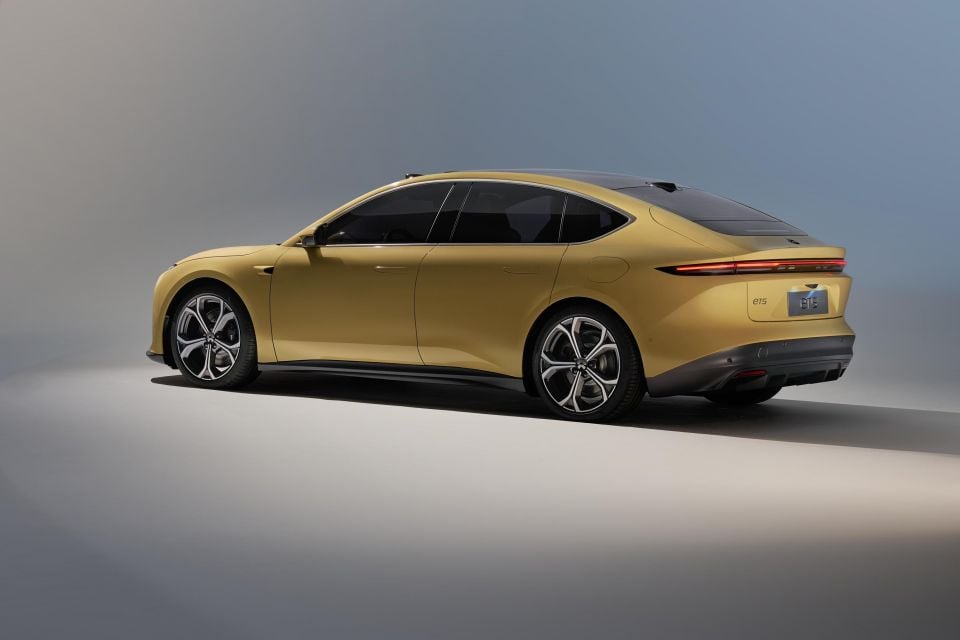
It uses four-piston brake calipers designed in-house, while also boasting 50:50 weight distribution and a drag coefficient of 0.24.
The Aquila Super Sensing suite of technology is standard, with 33 different sensing units encompassing a mix of cameras, millimeter-wave radars, ultrasonic sensors, and ultralong-range LiDAR.
Nio says it’s rolling out autonomous driving features gradually, which will be available under a RMB 680 (A$149) monthly Autonomous Driving as a Service (ADaaS) subscription.

The ET5’s styling follows Nio’s existing design language, with a mixture of gentle curves and sharper lines, plus slim lighting front and rear. Like the ET7, it also eschews any appearance of a grille, while it also uses flush-mounted door handles.
Inside, there’s a minimalist interior with a large, portrait-oriented 12.8-inch touchscreen and a standalone 10.2-inch digital instrument cluster.
The little ball atop the dash with “eyes” is called NOMI, and it serves as a virtual assistant. Nio says you can “wake up NOMI with a gaze for a free-flow conversation” and that she’s “now smarter and funnier”.

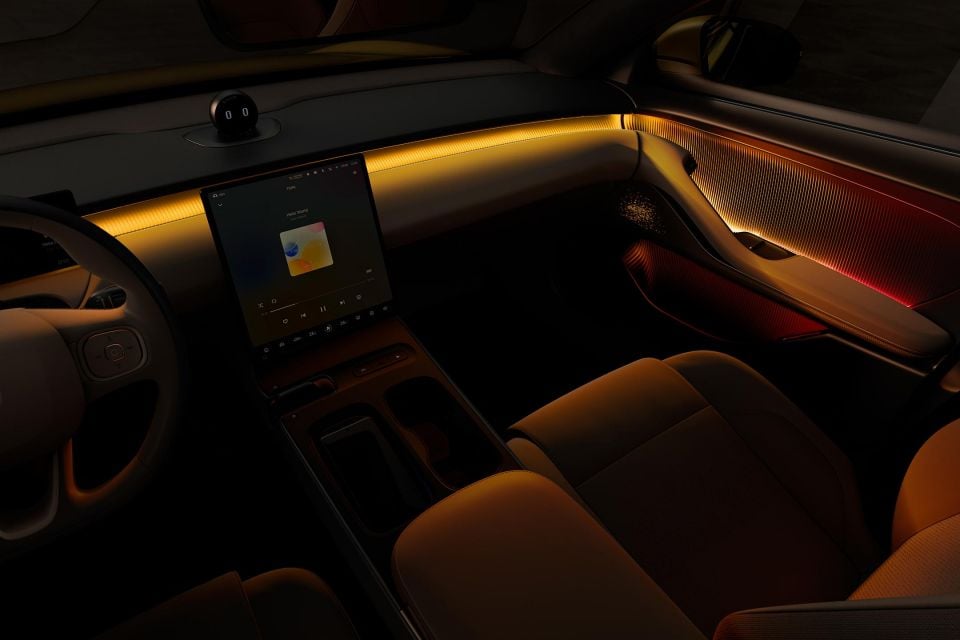
Unusually, Nio has partnered with augmented reality device company NREAL to incorporate AR technology in the car that you can use with a pair of AR glasses.
It promises “an effective screen size of 201-inch at 6 metres” when using the glasses.
The cabin uses Nio’s “Clean+” sustainable fabric made from recycled PET bottles, while the air vents are hidden.
The ET5 also features frameless door glass. Soft-close doors are standard, as is a 23-speaker sound system and ambient lighting with up to 256 colour combinations and pulsing lights in the speakers.
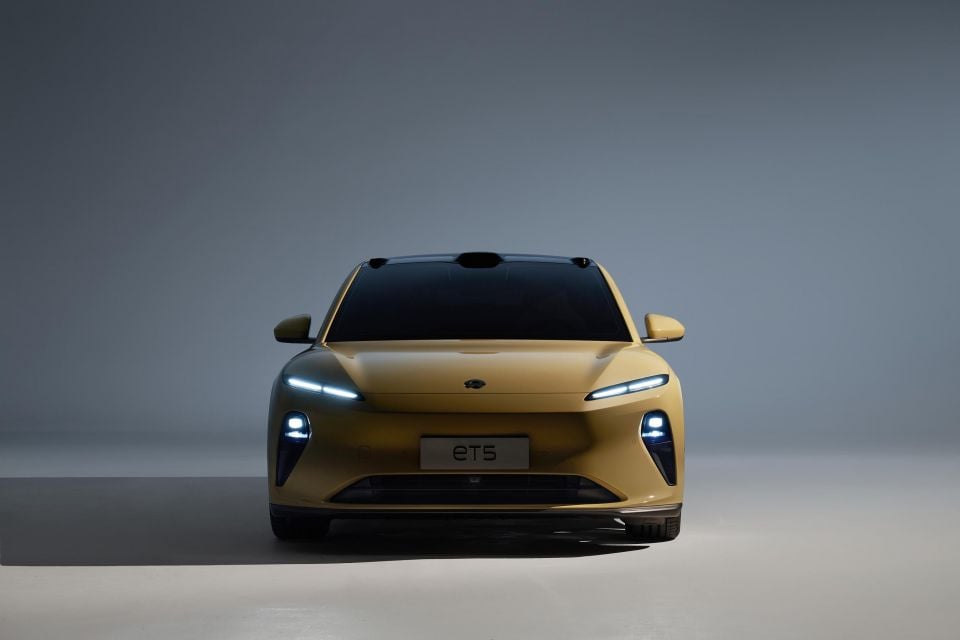
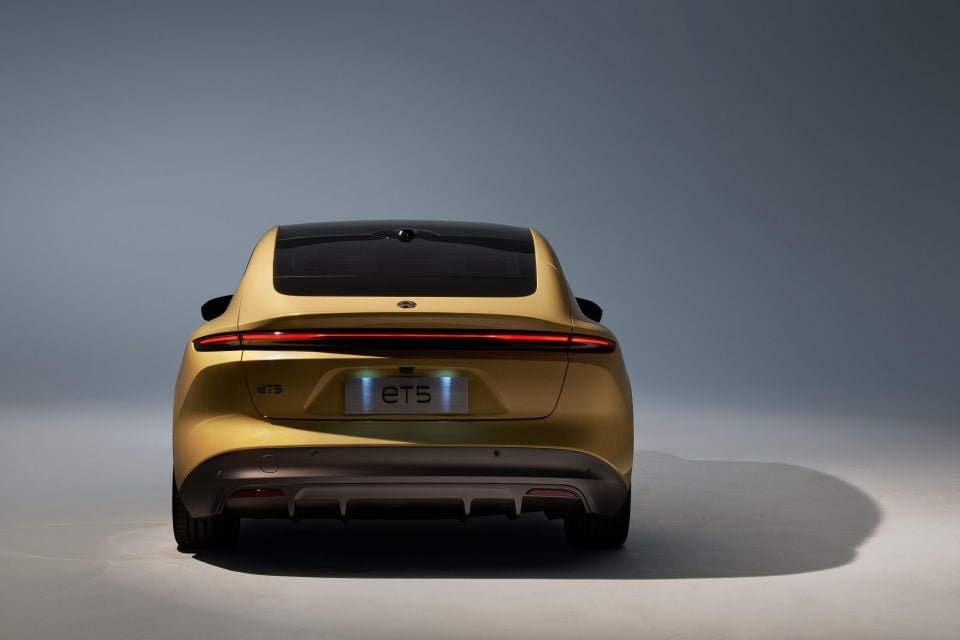
Heated, ventilated and massaging seats are available, while you can choose between a range of interior colourways. These comprise Vetiver, Terracotta, Sand, Onyx Black, Skyline Grey and even Skyline Violet, more of a pale fuchsia.
Nio offers its vehicles with what it calls Battery-as-a-Service (BaaS). This means you essentially buy the car without a battery, and instead pay a monthly subscription cost.
This allows you to use its network of battery-swapping stations in China. It expects to have over 1300 in China by the end of 2022, along with 6000 Power Chargers and 10,000 destination chargers.
It’s also doing the same in European markets, offering a monthly subscription whereby owners can drive their Nio vehicle to a swap station when they’re running low on charge.
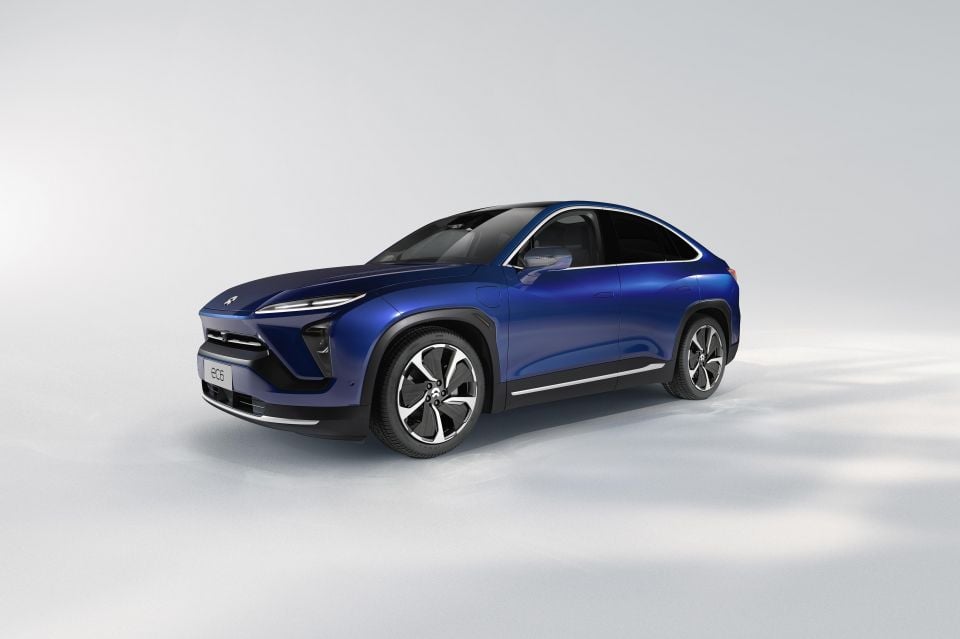
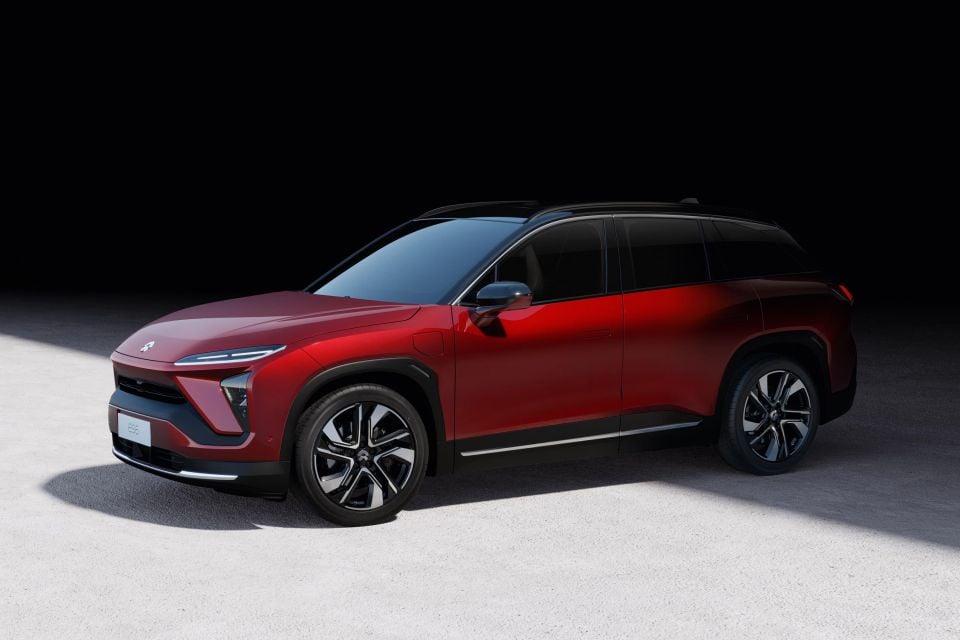

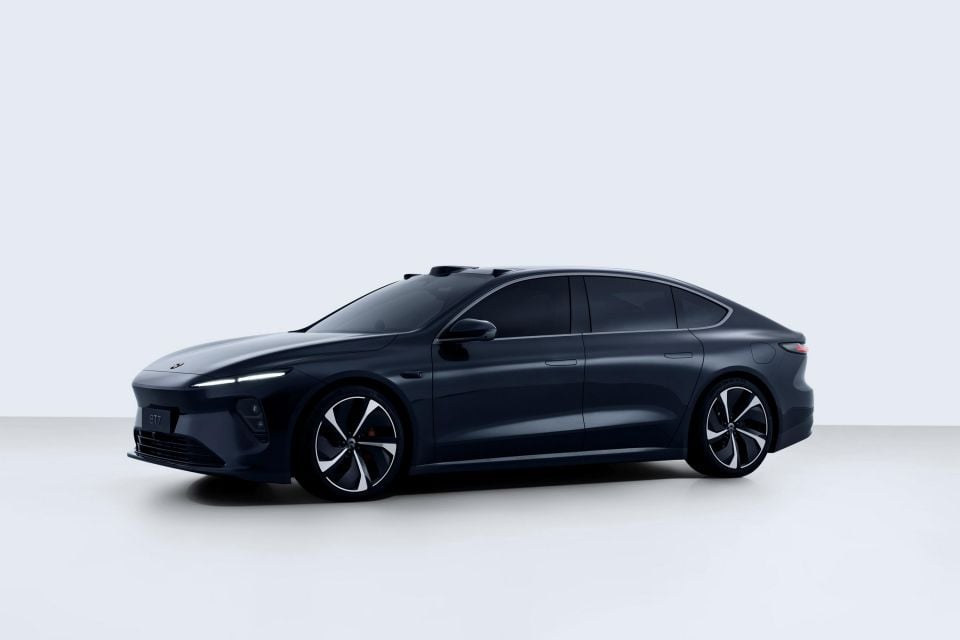
Before subsidies, the ET5 will be priced from RMB 328,000 (A$72,140). By opting for the BaaS model, you’ll pay only RMB 258,000 (A$56,748) up front.
For context, the Tesla Model 3 starts at RMB 266,740 (A$58,670) before subsidies.
Currently, Nio offers only the ES8 in its first export market of Norway. It plans to have 20 battery-swapping stations in the Scandinavian country by the end of 2022.
It’s unclear if Australia is in Nio’s plans.
The electric vehicle manufacturer was founded in 2014, and debuted with the EP9 (standing for ‘electric prototype’) sports car. It’s not a road-legal vehicle, but is instead used as a technological showcase.
William Stopford is an automotive journalist with a passion for mainstream cars, automotive history and overseas auto markets.


William Stopford
5 Hours Ago


Josh Nevett
6 Hours Ago


Ben Zachariah
22 Hours Ago


CarExpert.com.au
1 Day Ago


Damion Smy
2 Days Ago


Damion Smy
2 Days Ago